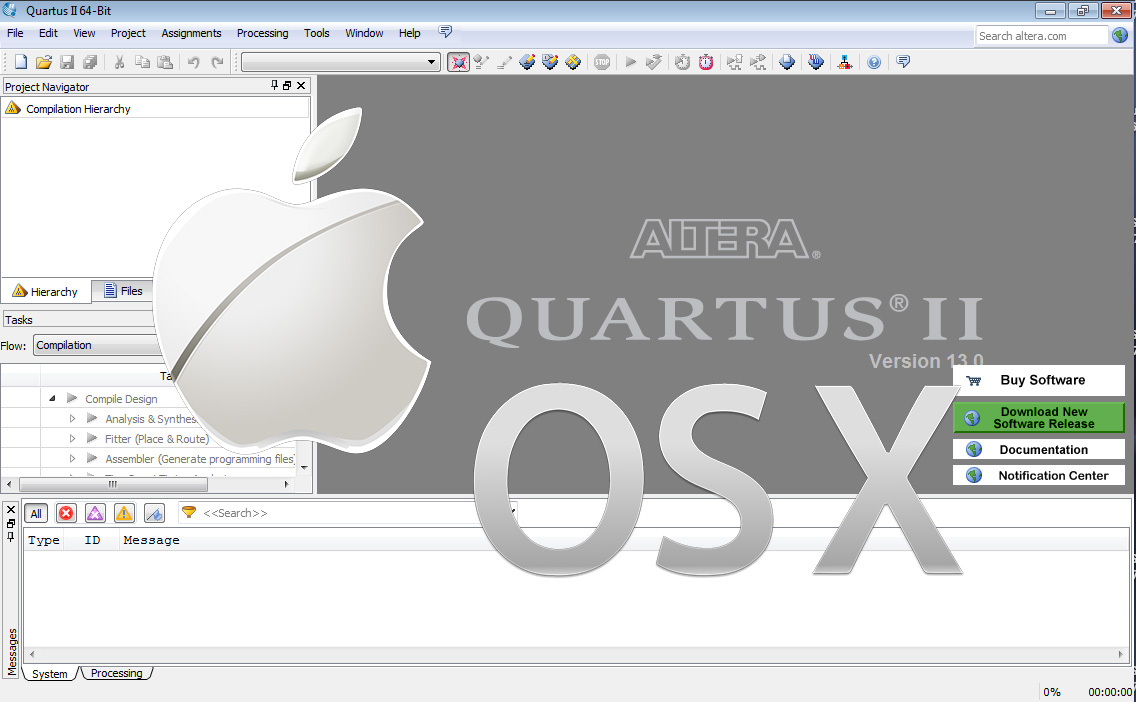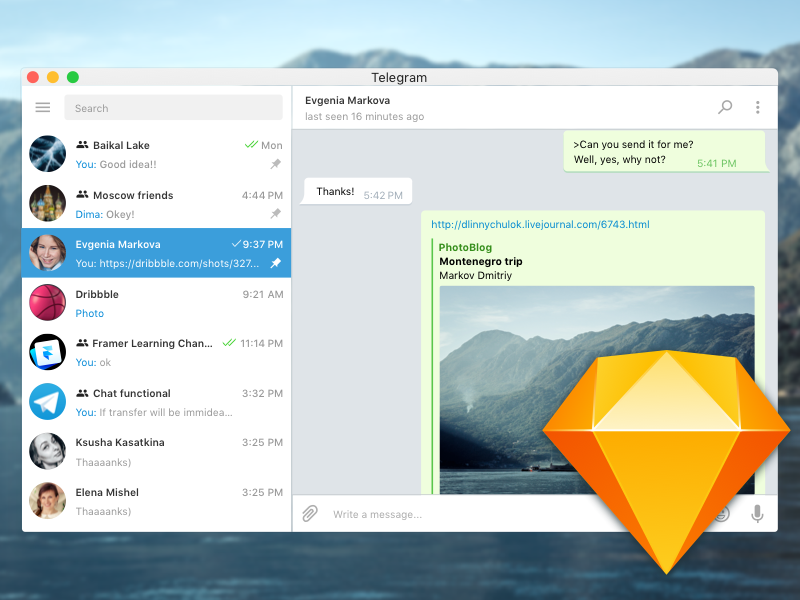- Mac Os X For Programming Download
- Mac Os X Basic Programming Language
- Cocoa Programming For Mac Os X Pdf
- Mac Os X For Programming Languages
This document is the starting point for learning how to create Mac apps. It contains fundamental information about the OS X environment and how your apps interact with that environment. It also contains important information about the architecture of Mac apps and tips for designing key parts of your app.
At a Glance
Cocoa is the application environment that unlocks the full power of OS X. Cocoa provides APIs, libraries, and runtimes that help you create fast, exciting apps that automatically inherit the beautiful look and feel of OS X, as well as standard behaviors users expect.
Cocoa Helps You Create Great Apps for OS X
You write apps for OS X using Cocoa, which provides a significant amount of infrastructure for your program. Fundamental design patterns are used throughout Cocoa to enable your app to interface seamlessly with subsystem frameworks, and core application objects provide key behaviors to support simplicity and extensibility in app architecture. Key parts of the Cocoa environment are designed particularly to support ease of use, one of the most important aspects of successful Mac apps. Many apps should adopt iCloud to provide a more coherent user experience by eliminating the need to synchronize data explicitly between devices.
Relevant Chapters:The Mac Application Environment, The Core App Design, and Integrating iCloud Support Into Your App
Common Behaviors Make Apps Complete

The best-selling introduction to Cocoa, once again updated to cover the latest Mac programming technologies, and still enthusiastically recommended by experienced Mac OS X developers. 'Cocoa® Programming for Mac® OS X is considered by most to be the de-facto intro-to-OS X programming text.' -Bob Rudis, the Apple Blog 'I would highly recommend this title to anyone interested in Mac development. I was just wondering who knows what programming languages Windows, Mac OS X and Linux are made up from and what languages are used for each part of the OS (ie: Kernel, plug-in architecture, GUI components, etc). I assume that there are multiple languages for each and obviously I know the Linux kernel is written in C.
During the design phase of creating your app, you need to think about how to implement certain features that users expect in well-formed Mac apps. Integrating these features into your app architecture can have an impact on the user experience: accessibility, preferences, Spotlight, services, resolution independence, fast user switching, and the Dock. Enabling your app to assume full-screen mode, taking over the entire screen, provides users with a more immersive, cinematic experience and enables them to concentrate fully on their content without distractions.
Relevant Chapters:Supporting Common App Behaviors and Implementing the Full-Screen Experience
Get It Right: Meet System and App Store Requirements
Configuring your app properly is an important part of the development process. Mac apps use a structured directory called a bundle to manage their code and resource files. And although most of the files are custom and exist to support your app, some are required by the system or the App Store and must be configured properly. The application bundle also contains the resources you need to provide to internationalize your app to support multiple languages.
Finish Your App with Performance Tuning
As you develop your app and your project code stabilizes, you can begin performance tuning. Of course, you want your app to launch and respond to the user’s commands as quickly as possible. A responsive app fits easily into the user’s workflow and gives an impression of being well crafted. You can improve the performance of your app by speeding up launch time and decreasing your app’s code footprint.
Relevant Chapter:Tuning for Performance and Responsiveness
How to Use This Document
This guide introduces you to the most important technologies that go into writing an app. In this guide you will see the whole landscape of what's needed to write one. That is, this guide shows you all the 'pieces' you need and how they fit together. There are important aspects of app design that this guide does not cover, such as user interface design. However, this guide includes many links to other documents that provide details about the technologies it introduces, as well as links to tutorials that provide a hands-on approach.
In addition, this guide emphasizes certain technologies introduced in OS X v10.7, which provide essential capabilities that set your app apart from older ones and give it remarkable ease of use, bringing some of the best features from iOS to OS X.
See Also
Mac Os X For Programming Download
The following documents provide additional information about designing Mac apps, as well as more details about topics covered in this document:
Mac Os X Basic Programming Language
To work through a tutorial showing you how to create a Cocoa app, see Start Developing Mac Apps Today.
For information about user interface design enabling you to create effective apps using OS X, see OS X Human Interface Guidelines.
To understand how to create an explicit app ID, create provisioning profiles, and enable the correct entitlements for your application, so you can sell your application through the Mac App Store or use iCloud storage, see App Distribution Guide.
For a general survey of OS X technologies, see Mac Technology Overview.
To understand how to implement a document-based app, see Document-Based App Programming Guide for Mac.
Cocoa Programming For Mac Os X Pdf
Copyright © 2015 Apple Inc. All Rights Reserved. Terms of Use | Privacy Policy | Updated: 2015-03-09
macOS Big Sur takes the most advanced operating system in the world to a whole new level of power and beauty, making your apps look better than ever on an all-new interface. New widget features and the new widget gallery help you deliver more value to your users. Adding intelligence to your apps with machine learning is even simpler and more extensive with new tools, models, training capabilities, and APIs. You can create more powerful Mac versions of your iPad apps with Mac Catalyst. And you can now easily bring your extensions to Safari — and to the App Store.
All-new Interface
macOS Big Sur brings a new design that’s been finely tuned for the powerful features that make a Mac a Mac. Core features, such as the menu bar and Dock, take advantage of the large Mac display, with translucent backings and spacious pull-down menus. The new Control Center, designed just for Mac, provides quick access to controls while keeping the menu bar clutter-free. Notification Center puts recent notifications and powerful new widgets together in a single view for at-a-glance information as you work. And a streamlined new design for apps features full-height sidebars and integrated toolbar buttons.
Widgets
Easily build widgets using the WidgetKit framework and the new widget API for SwiftUI. Widgets now come in multiple sizes, and users can visit the new widget gallery to search, preview sizes, and add them to Notification Center to access important details at a glance.
Safari Extensions
With support for the popular WebExtension API, it’s even easier to bring powerful extensions to Safari. Xcode 12 even includes a porting tool to streamline the process.

The new Extensions category on the Mac App Store showcases Safari extensions, with editorial spotlights and top charts to help users discover and download great extensions from the developer community.
Machine Learning
With macOS Big Sur, creating apps that leverage the power of machine learning is even easier and more extensive with additional tools in Core ML for model deployment, new models and training capabilities in Create ML, more APIs for vision and natural language, and improved resources for training on Mac and converting models to Core ML format.
Mac Catalyst
Create even more powerful Mac versions of your iPad apps. Apps built with Mac Catalyst now take on the new look of macOS Big Sur and help you better define the look and behavior of your apps. You can choose to turn off automatic scaling of iPad controls and layout, allowing you to precisely place every pixel on the screen. Provide full control of your app using just the keyboard, take advantage of the updated Photos picker, access more iOS frameworks, and more.
User privacy on the App Store.
Later this year, the Mac App Store will help users understand apps’ privacy practices. You’ll need to enter your privacy practice details into App Store Connect for display on your product page.

Universal App Quick Start Program
Get your apps ready for Apple Silicon Macs. Create next-generation Universal apps that take full advantage of the capabilities the new architecture has to offer. Get all the tools, resources, support, and even access to prototype hardware you’ll need. You can also watch a collection of videos from WWDC20 to help you get started.
Tools and resources
Mac Os X For Programming Languages
Use Xcode 12 beta and these resources to build apps for macOS Big Sur.





